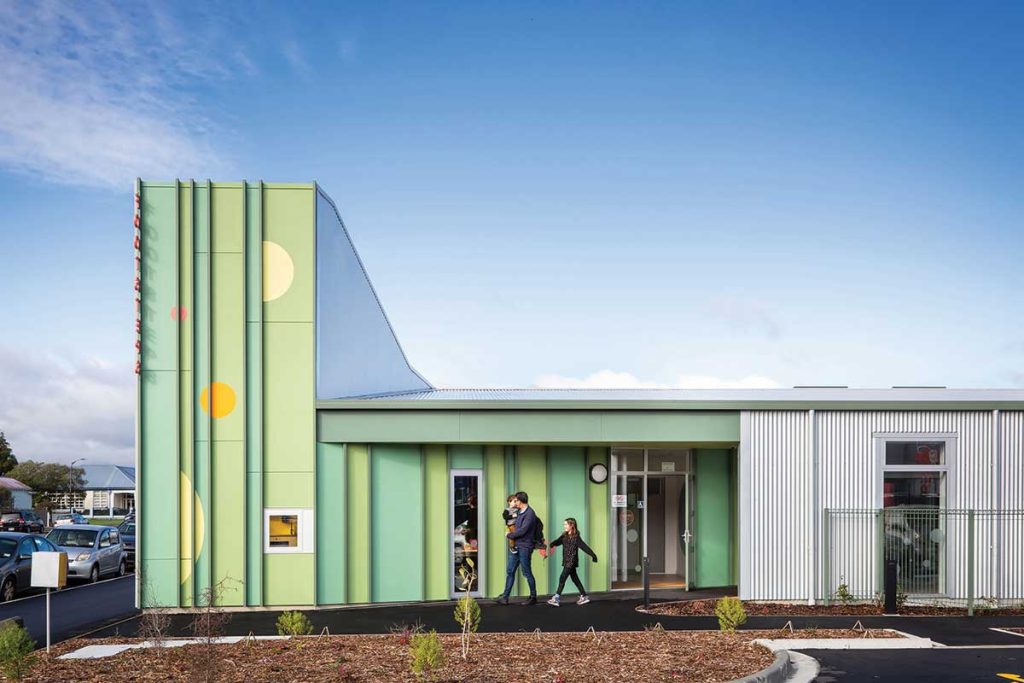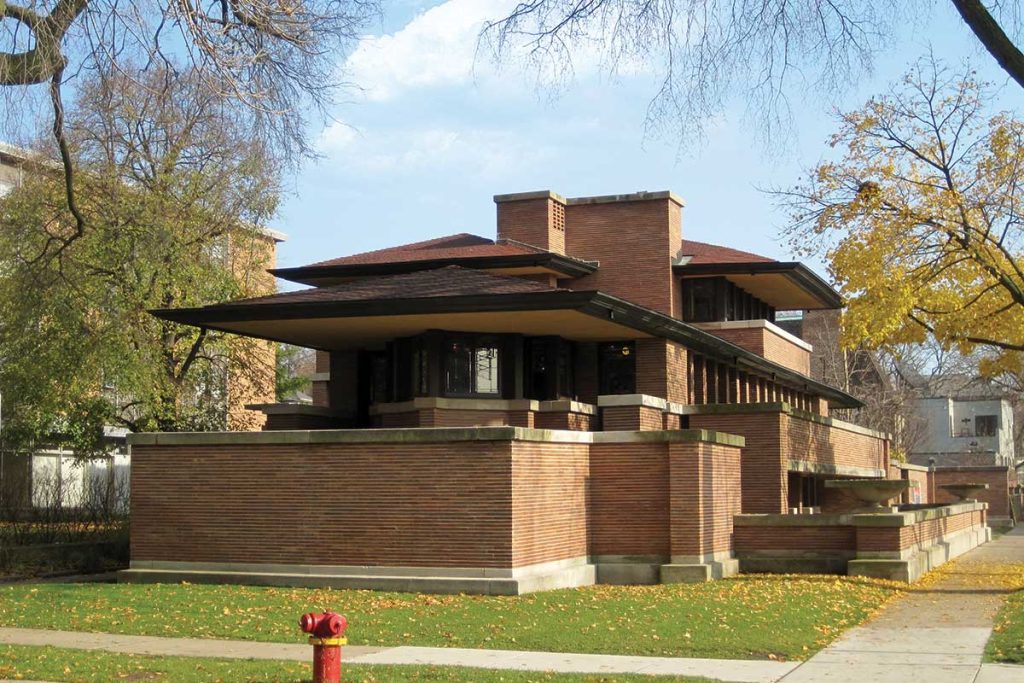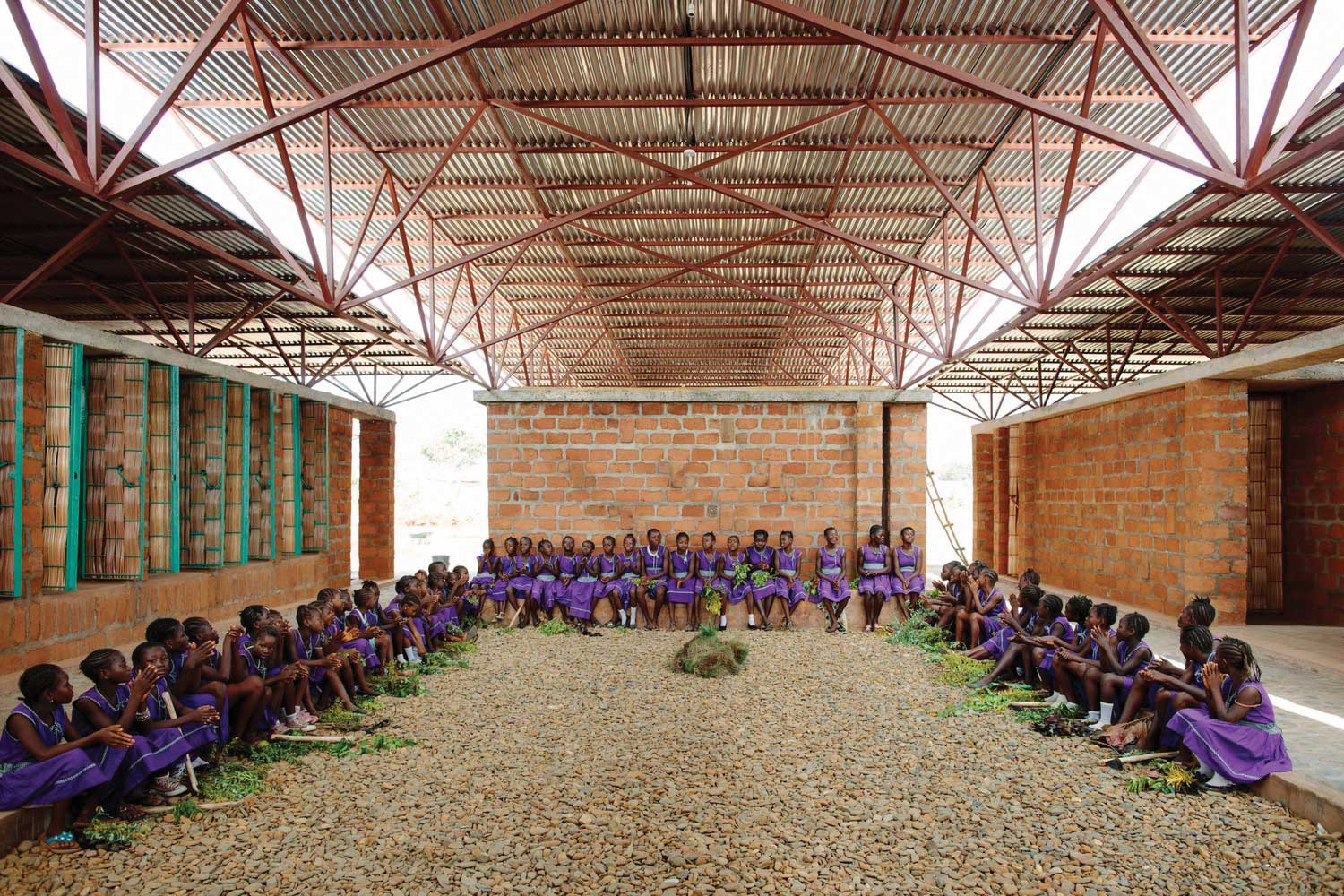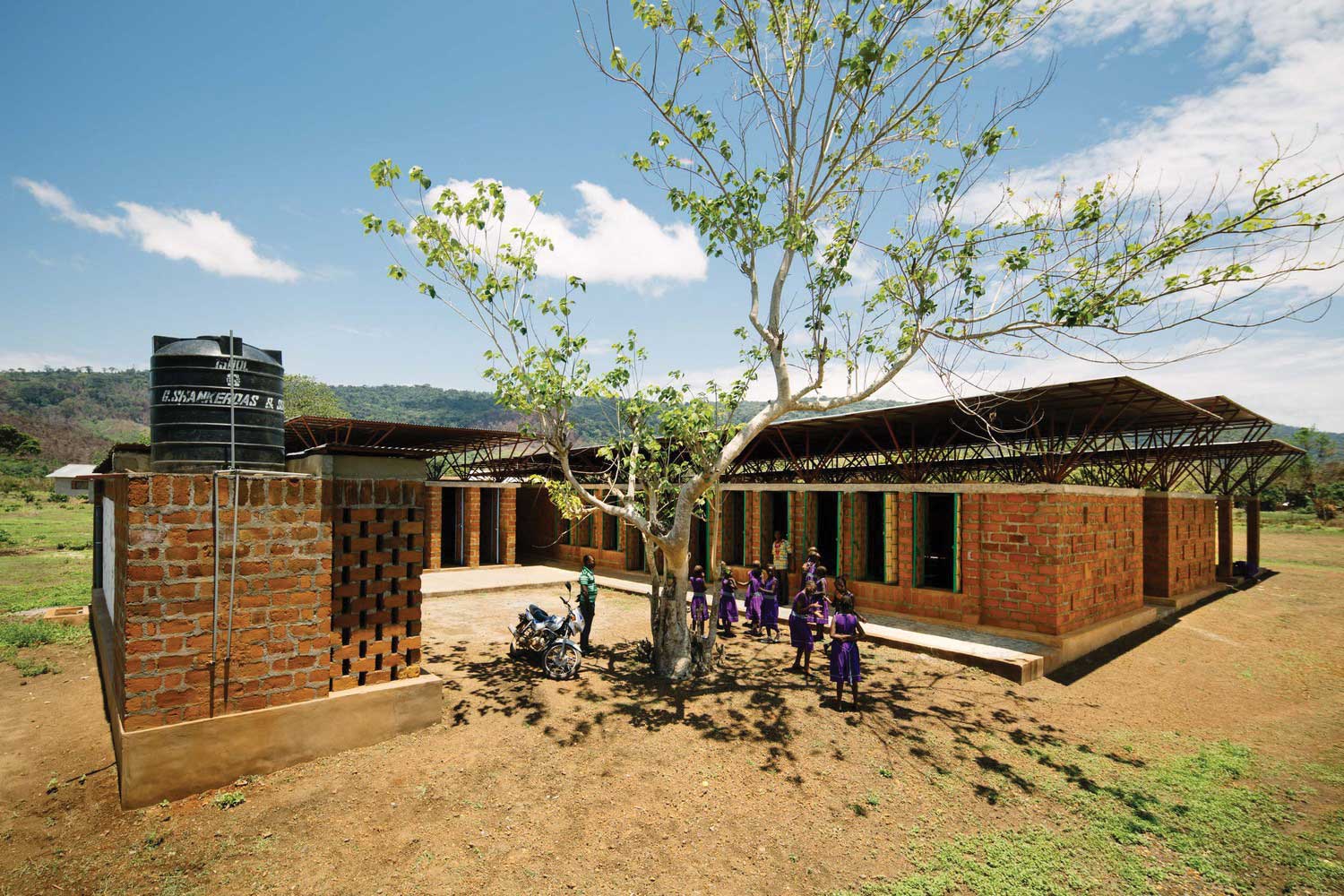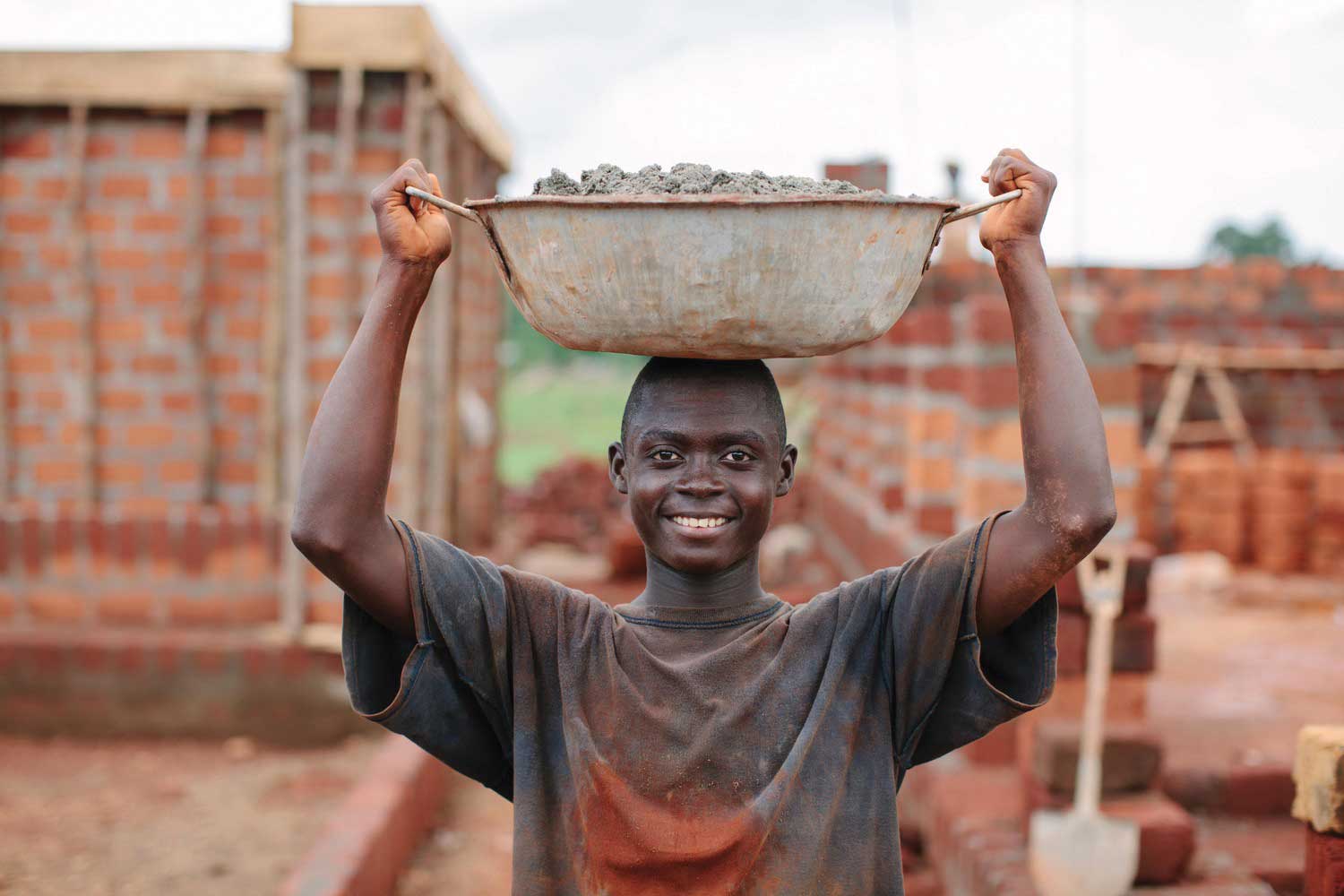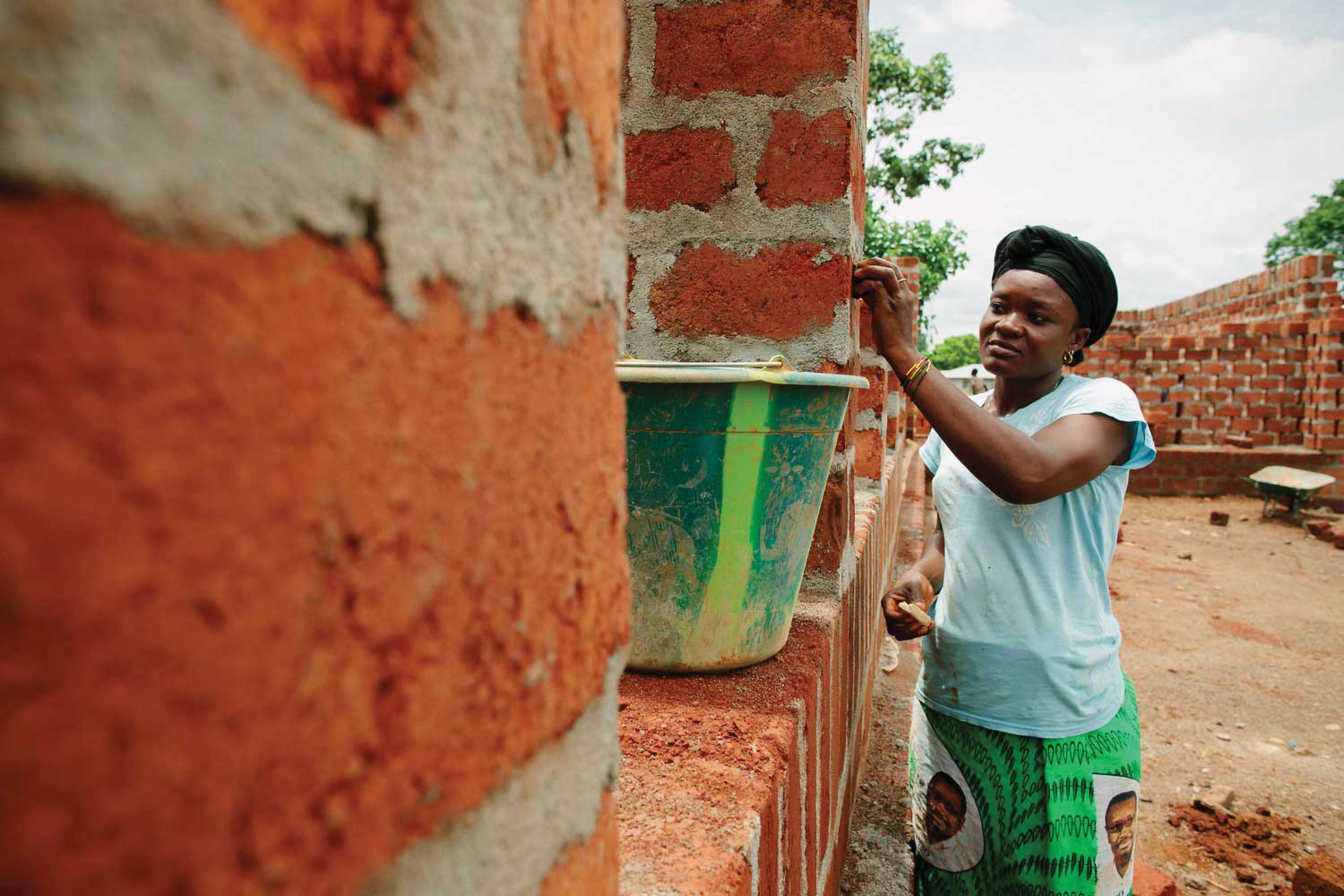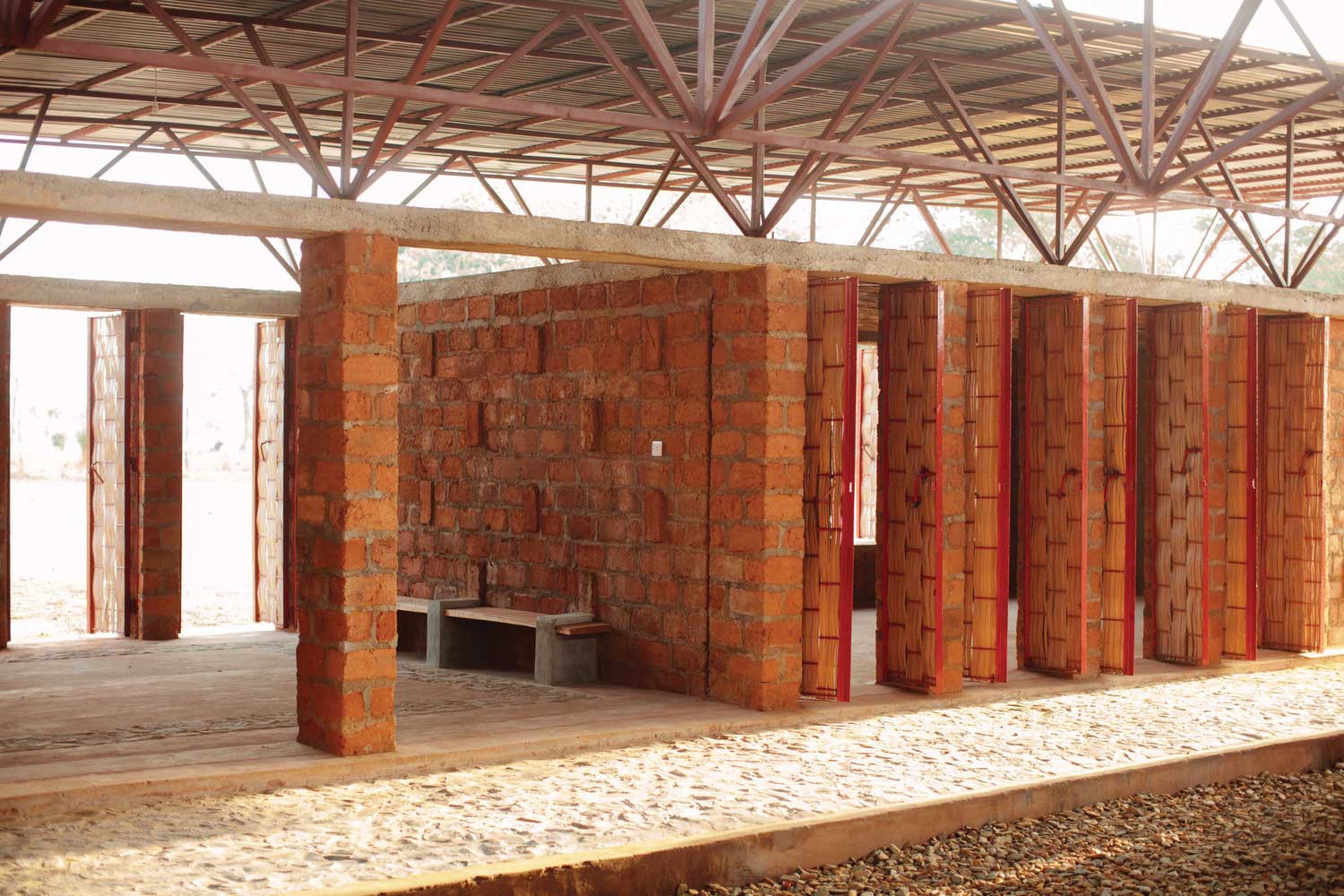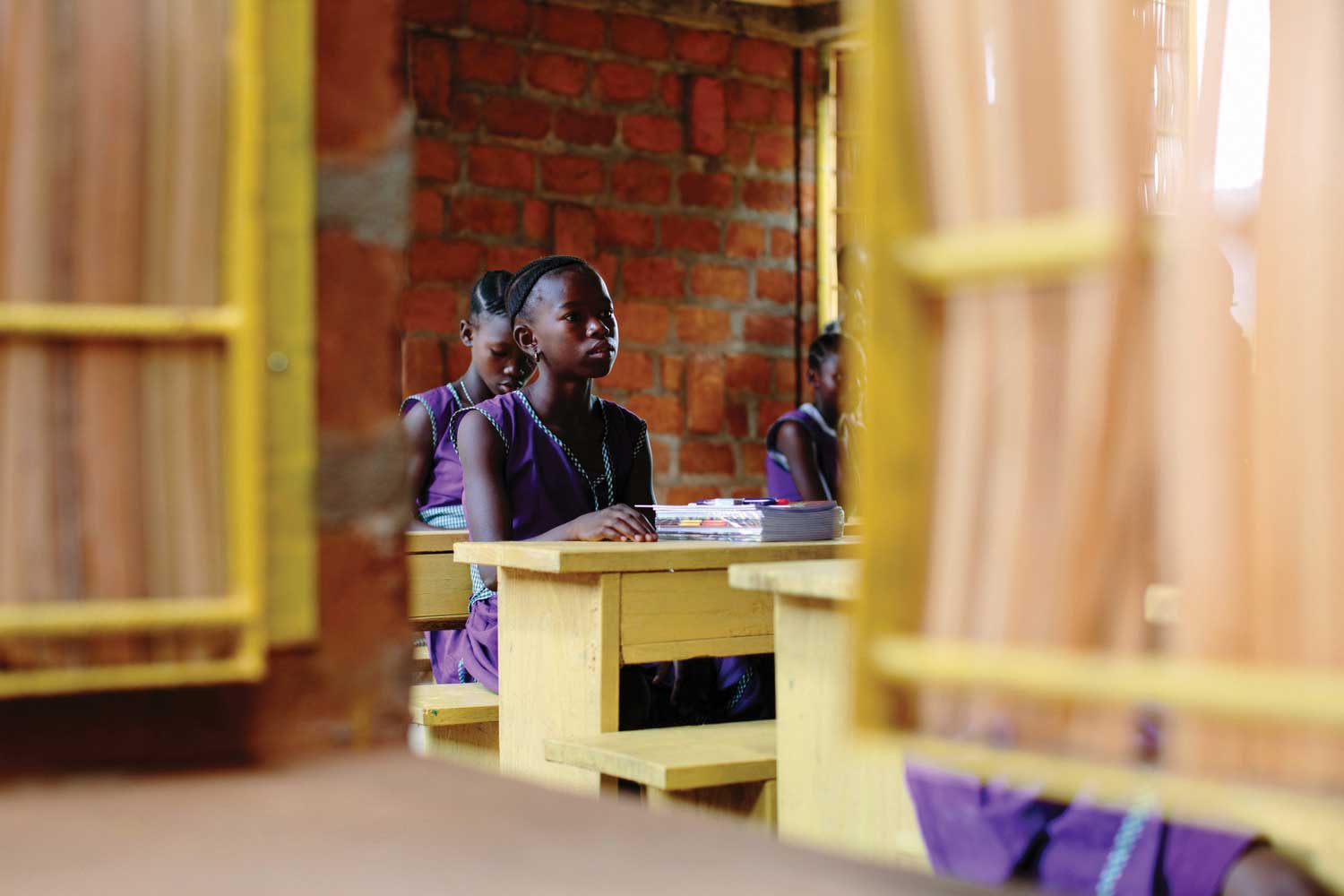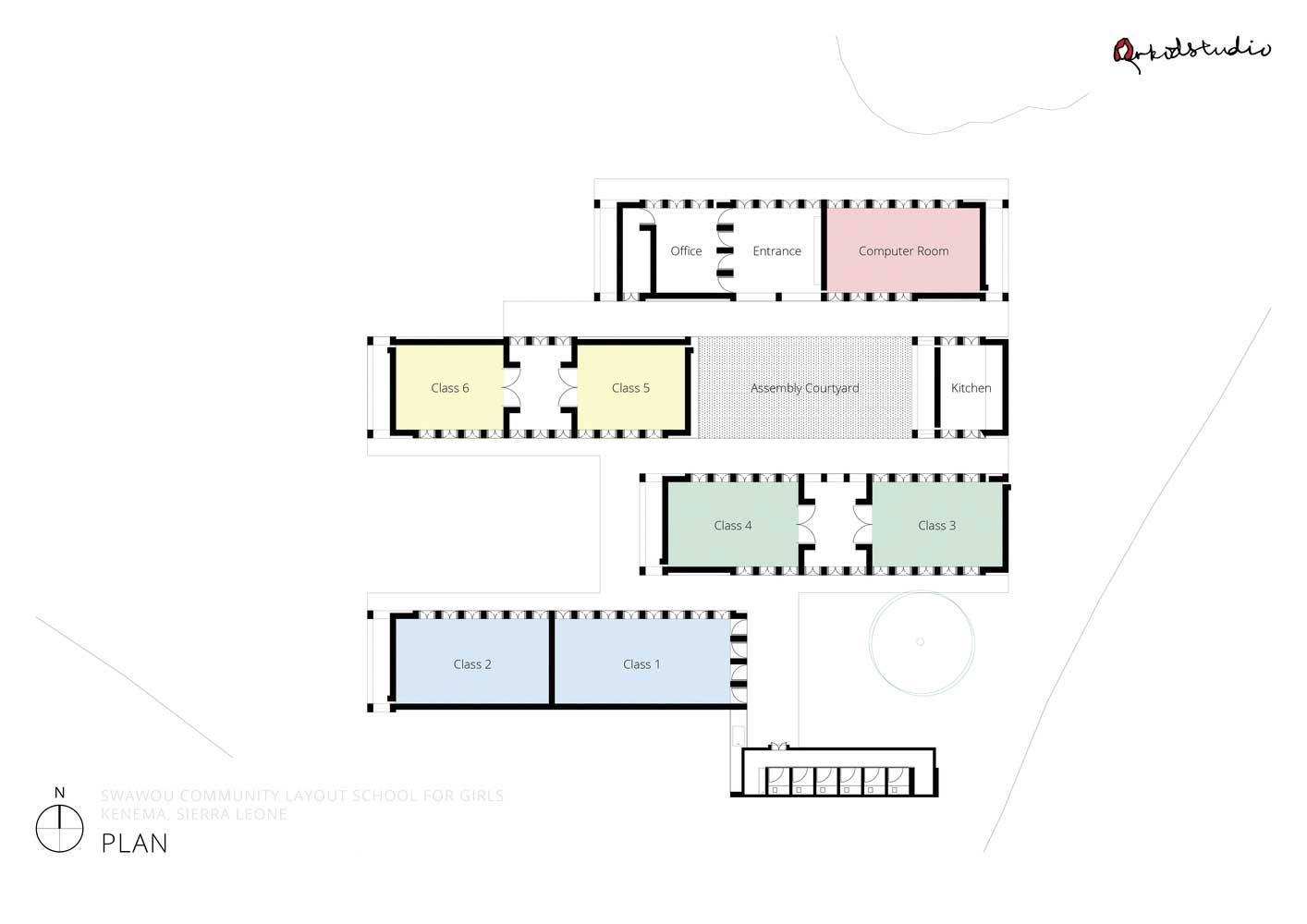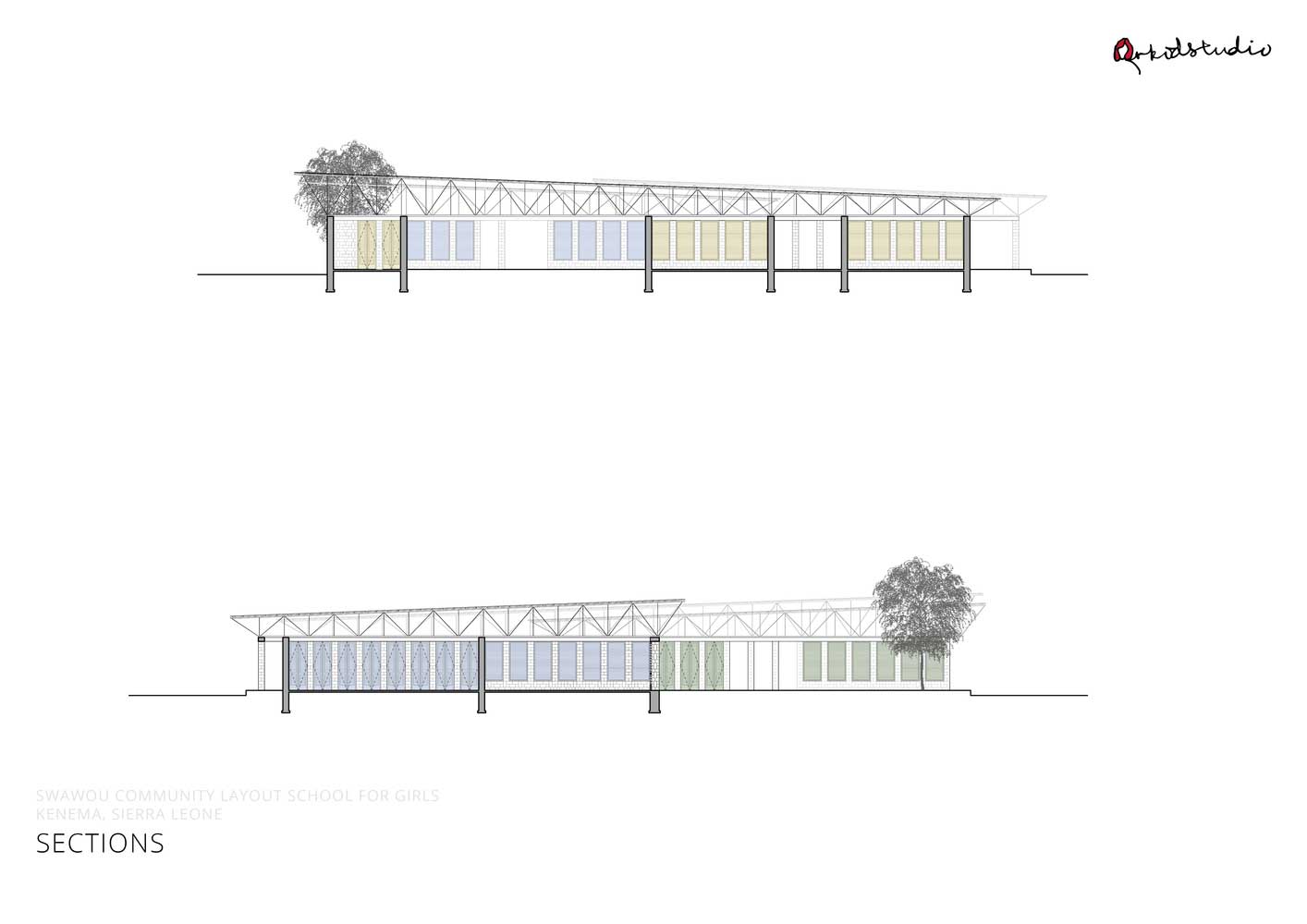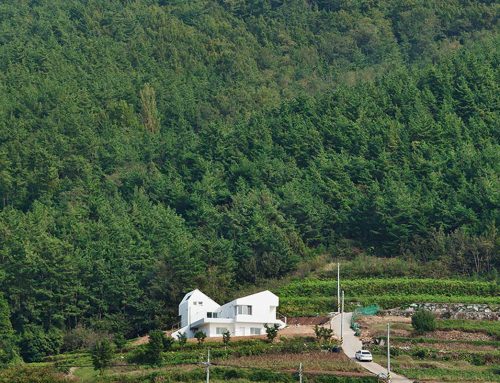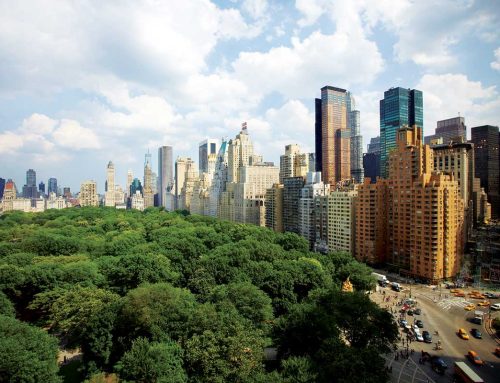مدرسه ابتدایی دخترانه اثر استودیوی ارکید
ترجمهی لادن مصطفیزاده

شیوع ابولا (Ebola) در غرب آفریقا برای اولین بار در مارس 2014 گزارش شد و از زمان کشف آن در سال 1976 به سرعت به مرگبارترین حادثه تبدیل شد. کشوری با چالشهای شدید اقتصادی و اجتماعی که پس از یک دهه درگیر بودن با جنگ داخلی، اکنون همهگیری ابولا ضربهای دیگر به توسعه و رشد آن است. با این حال، برای یک جامعه در استان شرقی کشور، افتتاح مدرسه دخترانه جدید سوآووی (Swawou)، برای گروه قابل توجهی از زنان جوان امیدوارکننده و الهامبخش خواهد بود. در فوریه 2014، استودیوی ارکید (orkid) در مدرسهی دخترانهی جدیدی در کِناما (Kenema)، در منطقه شرقی کشور کاری کرد که روزانه 70 زن و مرد از جامعهی محلی را جهت ساخت این مرکز آموزشی استخدام کرد. این مدرسه به دنبال ارائهی امکانات جدید آموزشی برای 120 دختر جوان از منطقه بود.
اولین مدرسهای که در سال 2009 توسط احمد جاوارد (Ahmed Jaward) و کریستی وود (Kirsty Wood) تاسیس شد، تنها مدرسهای بود که مجازات بدنی را مجاز نمیدانست و دخترانی جوان با اعتماد به نفس و هوش بینظیر تربیت میکرد. این ساختمان قبل از اینکه سقفی داشته باشد به عنوان بهترین مدرسه در سیرا لئون (Sierra Leone) انتخاب شد اما تنها چهار هفته پس از اتمام و به دلیل تایید وجود ویروس ابولا در منطقه، کار متوقف و سایت تعطیل شد.
در ژانویه 2016 کار بر روی ساختمان مدرسه از سر گرفته شد. به دنبال بسیاری از چالشها و مشکلات جدید، ساختمانی که به مدت دو سال مورد غفلت و فرسودگی قرار گرفته بود، اکنون در غرب آفریقا میدرخشد. راه درازی در پیش است تا بتوان این کشور فوقالعاده را به طور کامل بر پا داشت و به جلو حرکت داد و تصویر جهانی آن را تغییر داد، اما در این مورد، ساختمان جدیدی درهای خود را به روی گروهی از دانشآموزان جوان باز کرده است.
Community Primary School for Girls
Orkid studio

The Ebola outbreak in West Africa was first reported in March 2014, and rapidly became the deadliest occurrence of the virus since it discovery in 1976. Already a country with severe economic and social challenges, recovering from over a decade of civil war, the Ebola epidemic has been yet a further blow to its development and growth. Yet, for one community in the country’s eastern province, the opening of the new Swawou School for Girls offers hope and inspiration to a remarkable group of young women. Two years ago, in February 2014, Orkid studio broke ground on a new girls’ school in Kenema, in the eastern region of the country, employing as many as seventy men and women from the local community each day. The Swawou Foundation sought to provide extensive new learning facilities for up to 120 young girls from the local area. First set up in 2009 by Ahmed Jaward and Kirsty Wood, it was the only school around that didn’t allow corporal punishment, and is producing young girls with confidence and intelligence unparalleled elsewhere. The building was voted the ‘best school in Sierra Leone’ on a national radio station before it even had a roof on. Yet, just four weeks from completion, and with the final roof sheets still uninstalled, progress was brought to a halt and site closed as the first confirmed cases of the Ebola virus hit the region. Even then, misguided rumours of witchcraft, curses and political playmaking were in circulation. This period was characterised by mixed feelings of fear and confusion, nobody really knew how to protect themselves let alone understood what was going on. Sierra Leone’s last horror, the civil war which erupted in 1991 and lasted some eleven years, was still a recent memory for many of its people and despite continued political corruption and crime, the country was at peace and trying hard to better itself. Already one of the world’s poorest nations, Sierra Leone is now faced with further social and economic suffering as a direct result of Ebola. The number of recorded deaths exceeded 11,000 across West Africa before the region was declared Ebola free. Yet, what role can architecture play in the aftermath of such a crisis? Architects have often found a clear cause for intervention when faced with natural or manmade disasters, helping rebuild fallen towns and cities or offering up solutions to populations displaced and without shelter. However, when the disaster itself is formless, an invisible threat of devastating proportions, is there any role at all that architecture can play? The Ebola epidemic may not have torn down buildings or left people without a home, yet the extent of social and economic reconciliation that it has left in its wake is vast. In January 2016 work resumed on the school building which had become badly overgrown with weeds and long grasses. Following many new challenges and difficulties, a building that had stood neglected and forlorn for two years now stands proud and gleaming in the west African sun. It’s a long way ahead to get this wonderful country fully back on its feet and striding forwards, and further still to transforming its global image, however, in this case a new building has opened its doors to a cohort of excited young school students, offering new jobs to the local community, and might just stand for something far more than the materials it’s built from.
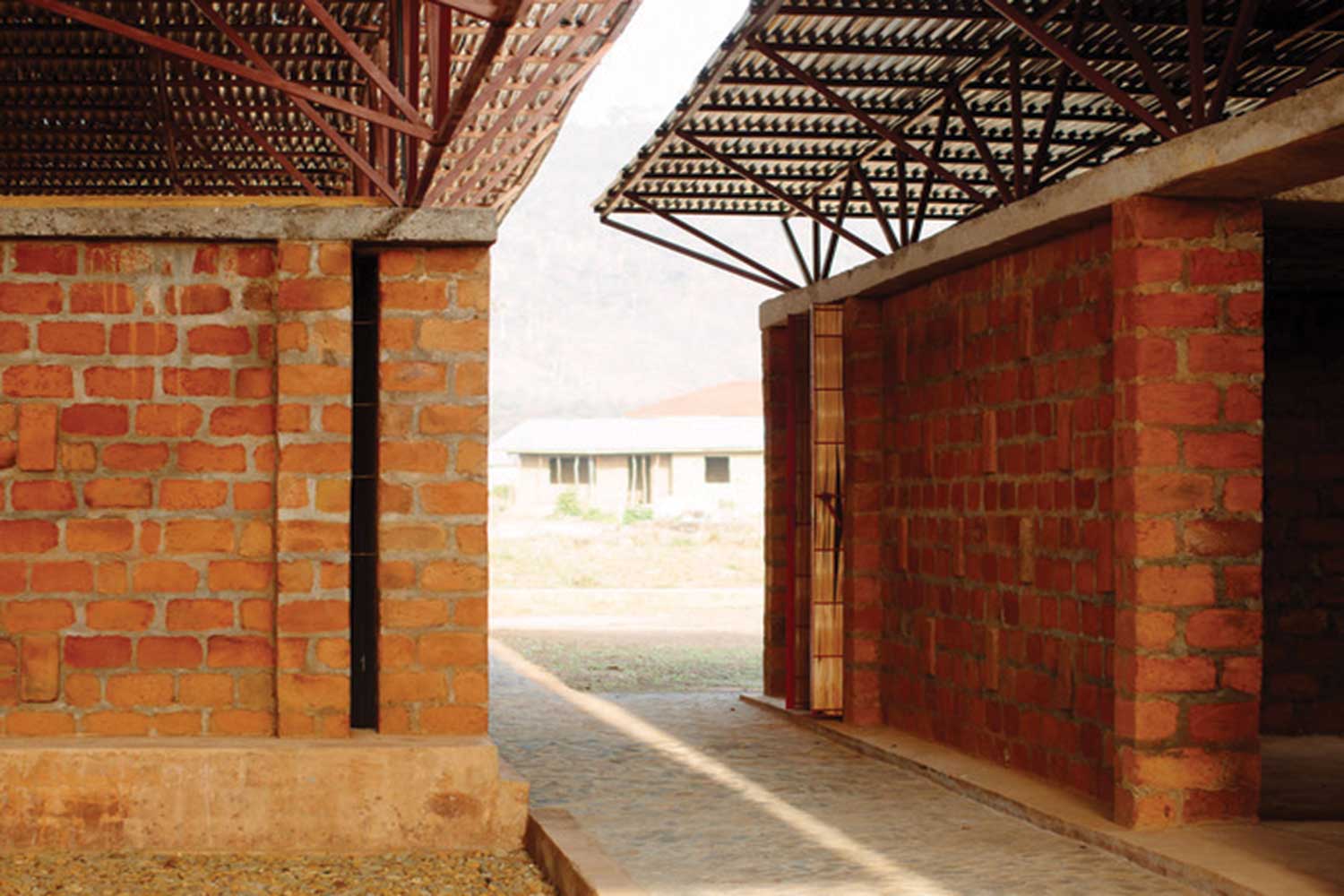
مدارک فنی

